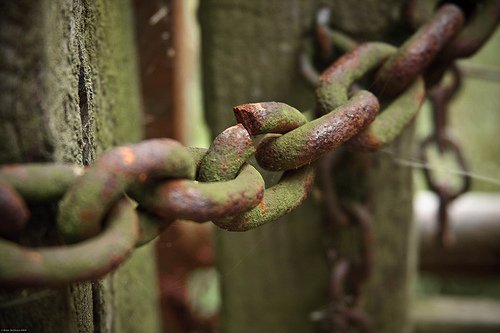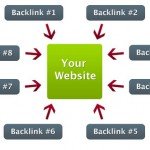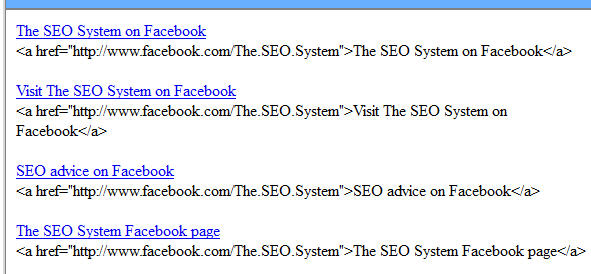
Remove Bad Links From Your Site
Not all links are dangerous, of course, but bad ones could be detrimental to how well you rank in a search. Google Webmaster Tools differentiates between links that are natural (inbound ones that have developed organically) and links that aren’t natural. In most cases, these are the links that came from older link development campaigns.
So How Can You Tell a Bad Link from a Good One?
Some of the things to look for when weeding out bad links include:
- Links that have identical anchor text and come from several different sites
- Links that come from sites irrelevant to your subject area
- Links that come from sites that have little to no traffic or that have a low ranking
- Links that appear in the comments of blogs and seem “spammish”
- Links that come from sites displaying malware warnings
- Links that have been part of link exchanges
- Links obtained from websites not featured in Google’s index
In addition to the above tips, there are also several tools you can use to spot and remove shady links.
- Open Site Explorer – You can use this tool to get information about a link’s title, domain authority, page authority, and URL. It also analyzes high-ranking pages, link domains, and newly found links. The only caveat? With the free tool, you are limited to the first 2-3 results. In order to have unrestricted access to the tool, a payment is required.
- Google Webmaster Tools – With this tool, you will typically be warned about links that aren’t natural lurking on your website. It also goes more in depth to provide you with extra details regarding the links. A portion of the interface will display the links that are connected to your website. You can find it beneath “traffic” and you’re able to access a segment of the information pertaining to inbound links.
- Majestic SEO – This popular tool analyzes the profile of a link yielding data regarding link types and anchor texts in addition to giving trust scores. A free version is available in addition to versions requiring payment.
- Ahrefs – This tool is exceptional when it comes to organization. It breaks down information for inbound links based on their domain, IP, and the kind of website. A free version is available, but it generates limited data.
How to Get the Bad Links Removed
Once you’ve found the bad links, the next step is to remove them. Begin by asking website owners to get rid of the links that you don’t want directed towards your site. For a good lesson on how to develop a request to remove a link, check out Search Engine Watch. They advise sending a courteous request addressed to the contact email provided on the site in which you make sure to include a hyperlink to the page that displays the link you want removed. TaskBullet is one example of a service available to help with your campaign to remove the link.
Just as there were tools to help you spot bad links, there are also tools to help you remove them, such as:
- Rmoov – This displays information to contact webmasters through a link listing that’s imported. It also helps facilitate and give reports on campaigns to remove links.
- Remove’em – This tool detects shady links and includes a database with the information you need to contact webmasters when making requests to remove links.
If you want your SEO and website efforts to be effective in 2014, it’s essential that you find and remove shady links. Act on these recommendations and start using the tools listed above today. Success is sure to follow!
Guest Author
Latest posts by Guest Author (see all)
- Top Tips on Ways to Get More Clicks on Your Website - October 25, 2019
- The Quick Guide to Instagram Hashtag Research - August 15, 2016
- 7 Tools to Improve Local SEO in2016 - June 13, 2016









